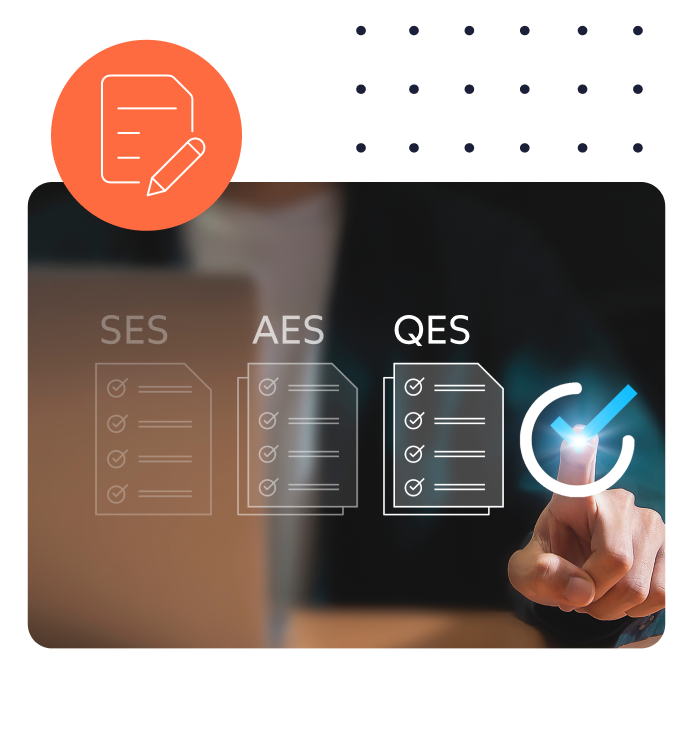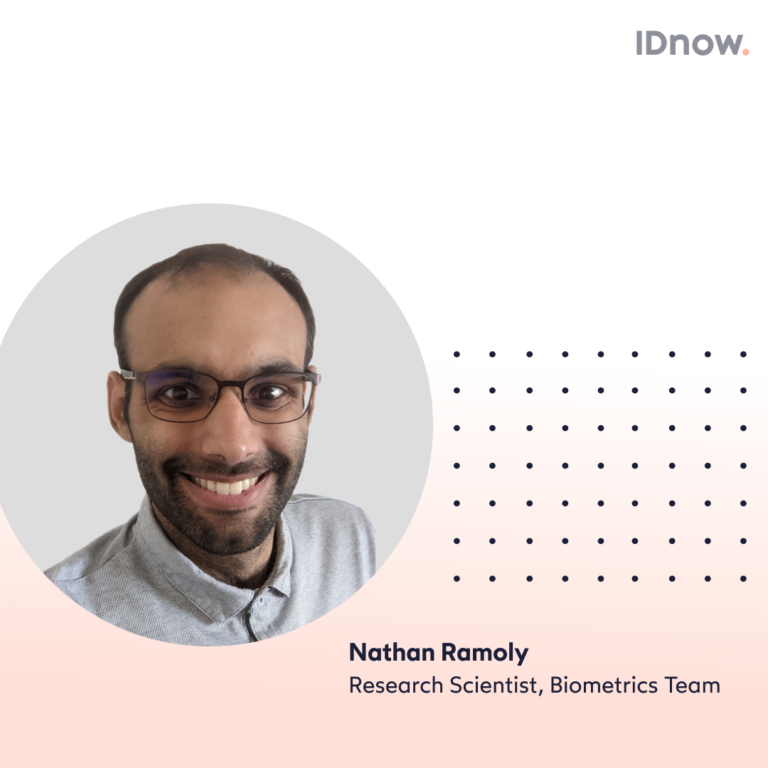We sit down with our Director of Global Regulatory and Government Affairs, Rayissa Armata and our Senior Architect, Sebastian Elfors to discuss collaboration, consortiums and the honor of being invited to join the European Blockchain Sandbox.
Earlier this year, we revealed that we had joined the IOTA Foundation consortium, alongside walt.id, HAVN Network and Bloom Labs with the aim of creating a Web3-ready KYC and identity verification solution.
This initiative will enable Crypto Asset Service Providers (CASPs) and self-hosted wallets to become compliant with the Transfer in Funds Regulation (TFR), which is part of the greater EU Anti Money Laundering Package.
Sounds relatively straight forward, right? Well, yes and no. New regulations mandate all crypto transactions to a) carry identifying data of the sender and the receiver and b) comply with similar AML rules as other financial institutions. The issue lies with CASPs also being required to comply with new rules regarding GDPR compliance, which stipulate that personal identifiable information (PII) should not be stored on blockchains or Distributed Ledger Technologies (DLT).
Enter the consortium; each partner bringing its own strengths and areas of expertise.
Here, Rayissa and Sebastian fill us in on how the project has been going since it was announced in February 2024.
As Web3 is still just an idea for a ‘new internet’, why did we decide to join the consortium to try and solve this ‘theoretical problem?’ Will this project be important for the future of payments, in particular in the crypto space?
Rayissa: Great question. Yes, there were several reasons why IDnow joined the consortium. For one, it is important to collaborate and to be able to adapt to new environments be it from a regulatory or technological perspective. Although concepts can be developed quickly, building the frameworks and ultimately achieving a usable product or service does not happen in a vacuum.
As you know, Europe established the crypto regulatory framework and licensing regime, Markets in Crypto Assets Regulation (MiCA) and the companion rule known as TFR, which applies to transactions between cryptocurrency businesses and personal wallets. Due to be applied by the end of the year, TFR applies to transactions between cryptocurrency businesses and personal wallets. For example, with transactions, TFR requires CASPs to store certain PII so it can be cross matched to verify information on the originator of the transferred funds and the beneficiary of the transfer. The consortium took on the challenge of how this information can be transferred on and off chain. These solutions not only address privacy concerns, KYC and interoperability but will enhance trust in a relatively new technology ecosystem.
Sebastian: One key objective with this project is to design and implement a KYC solution that can be used when issuing credentials that are stored as SoulBound Tokens (SBTs) on a blockchain. Technically speaking, the consortium is using Ethereum Virtual Machine-compatible IOTA Smart Contract Chain. Having said that, the SBTs must also be compliant with GDPR regulations, so the SBTs contain anonymous identifiers instead of PII in clear text. If there is a need for an authority to verify the user’s identity, this can be done by requesting the initial KYC user information from walt.id in conjunction with IDnow.
What has the consortium been working on since February? Do you have any updates?
Sebastian: The consortium has spent the past four months testing the solution and refining the implementation with scalability for production purposes in mind. Long term archiving and retrieval of identity documents is one such topic. We have also presented and demonstrated the solution to several stakeholders, with very positive feedback.
Preparing for the known: Operating in a world of crypto regulation.

Now onto the good news. The consortium’s Web3 Identification Solution (which will enable KYC and identity verification in the Web3 environment), has been selected to take part in the European Blockchain Sandbox. What is it and why is it important?
Rayissa: Let me share a little about the European Blockchain Sandbox initiative since we have already covered a little about the consortium’s aims and activities above. The European Commission provides various opportunities to introduce new solutions that meet European regulatory requirements, such as data sharing in the TFR. This European Blockchain Sandbox initiative is geared so that new use cases that involve DLT can be developed and tested. This Blockchain initiative began in 2023 and will continue until 2026.
Sebastian: We are proud and happy that our consortium has been selected to participate in the Sandbox. This is a way for IDnow to demonstrate blockchain-based solutions to EU legislators, and pinpoint how they can meet the relevant EU regulations for cryptocurrencies. In particular, the IOTA solution is targeted to comply with the upcoming TFR regulation and we are keen on proving how the product can meet those requirements.
Why is cross-collaboration so important for such a project?
Rayissa: The European Commission recognizes the need for collaboration and cooperation between public and private sectors. Part of the regulatory framework is to set requirements that address interoperability, innovation, security and user accessibility. Collaboration is key to enabling this set of requirements and we have many legal experts and technology-savvy developers guiding our project to build something new. IDnow has been at the forefront of good management, regulatory compliance and smart growth since we began and collaboration is a big part of our success.
Sebastian: In addition to the cross-collaboration with the EU Commission, we are also very proud of working with the IOTA-founded consortium. All parties contribute with cutting edge technologies:
- IOTA provides the underlying network based on the IOTA Smart Contract Chain
- HAVN Network integrates hybrid blockchain technologies
- IDnow delivers the ID verification, prior to the tokenization into a SBT
- walt.id has developed the trusted witness service for creating and verifying SBTs
- Bloom provides the digital wallet for storing and presenting the SBTs
How will our existing and future crypto clients, who use our solutions to onboard customers and process transactions, be able to benefit from the research and development that is going into the Web3 Identification Solution?
Rayissa: From a compliance perspective, CASPs will be able to use this solution to comply with national and European KYC and TFR requirements to share personal data between the originator and beneficiary of a specific transaction. This will enable trust in the crypto ecosystem and beyond in Web3 and use cases. There may not be a regulatory framework with set requirements for Web3 or Web4 applications, but trust brings growth and what a great opportunity for these environments to become more mainstream.
Sebastian: The solution developed by the IOTA solution has the potential to go beyond the realm of cryptocurrency transactions, which is the current scope of the project. The SBTs that are issued could also be used for digital identities in the Web3 metaverse, for example for identifying avatars purchasing NFTs such as digital paintings.
Will the Web3 Identification Solution be commercially available in the future? If so, which companies and industries will the product appeal to?
Rayissa: Yes, certainly that is a goal. We are already in discussions with our consortium members and external CASPs and companies specialized in IOT services.
Sebastian: The term Web3 was initially coined in 2014 by the Ethereum co-founder Gavin Wood when he created the vision of a “decentralized online ecosystem based on blockchain.” So yes, the Web3 Identification Solution can be used by all industries that have a need for digital identification. In addition to authentication for CASPs, totally different verticals such as the gaming industry could benefit from Web3 identification. Only the imagination sets the limits.
By

Jody Houton
Senior Content Manager at IDnow
Connect with Jody on LinkedIn




